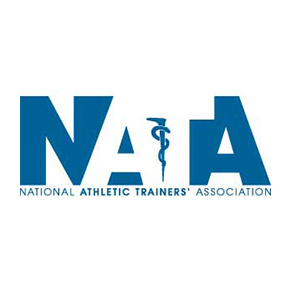Your heart rate should be about 50 to 85% of its maximum. (You can calculate your maximum heart rate by subtracting your age from 220).
If you're out of shape or older than 60, aim for an intensity at the lower end of the 50 to 85% range. To determine what your heart rate should be during exercise, subtract your age from 220; divide that number by 6 for a 10-second heart rate count, then multiply that number by 0.5 for the lower end of the range and 0.85 for the higher end. For example, if you're 70:
- 220 - 70 = 150 (this would be your maximum heart rate for one minute)
- 150 / 6 = 25 (this would be your maximum heart rate for 10 seconds)
- 25 x 0.50 = 12.5 (this would be 50% of your maximum, or the lower end of where your 10-second heart rate should be when you're exercising)
- 25 x 0.85 = 21.25 (this would be 85% of your maximum, or the higher end of where your 10-second heart rate should be when you're exercising).
To perform a cardio respiratory workout, your heart rate should be 60% to 80% of your maximum heart rate. You can use a basic formula to determine your maximum heart rate for safe exercise. Subtract your age from 220. For example, a 30-year-old has a maximum heart rate of 220-30 = 190. His target heart rate for cardio respiratory exercise would then be 114-152 (60% to 80% of 190). It is recommended that you consult with your physician before starting cardio respiratory activity if you haven’t regularly exercised before.
(This answer provided for NATA by the King College Athletic Training Education Program.)
Your exercising heart rate depends on the intensity that you wish to work. First you must determine your maximum heart rate, which is calculated by subtraction your age from 220. (220-age= max heart rate). To determine your target heart rate take this number and multiple it by the intensity percentage at which you wish to work. For example, if you are 40 years old and wish to work at a moderate intensity of 70% the formula would look like this:
(220-40 = 180) * 70% (intensity) = a target heart rate of 126 bpm.
To get a good aerobic, stamina-building workout, you should initially aim for 65 % of your maximum heart rate and later, for 80 % of your maximum heart rate.
- 100 %: Reaching your maximum possible heart rate is a very hard thing to do and impossible to maintain. Also, it may not be a safe thing to do.
- 90 %: Only high-level athletes can achieve and maintain a heart rate this high.
- 80 %: This should be your goal on the days you have a really strenuous workout.
- 70 %: If you can get here and maintain it, you will be getting the benefit of a real stamina-building workout, or the place to start if you are over sixty calendar years of age.
- 60 %: This should be your goal when you first start working out if you are sixty calendar years of age or younger. It's a good place to start.
- 50 % or below: You're slacking off. If you want to get the benefits of stamina exercise, you
- need to boost your heart rate higher than this.
Continue Learning about Evaluating & Measuring Fitness
Important: This content reflects information from various individuals and organizations and may offer alternative or opposing points of view. It should not be used for medical advice, diagnosis or treatment. As always, you should consult with your healthcare provider about your specific health needs.



